What’s Next – Mid March
The Nature in Your Future
Chocolate, butter and blue jewels are among the next great wild displays in your future. Find them on the wings of a Mourning Cloak, which has passed the winter in torpor only to rouse now and fly again in search of a mate.
Remember how cold it got this winter? How you and the earth creaked and groaned on Arctic days? These audacious butterflies didn’t mind. Mourning Cloaks (Nymphalis antiopa) are among a suite of butterflies that produce a kind of anti-freeze (glycerol or sorbitol, for example) in their blood that helps them survive — naked in woods — while the rest of us are in union suits and down parkas.
Many outlast the cold while tucked away in your wood pile, sandwiched between your clapboards, or off nestled in some tree cavity. Some, including the commas, also known as anglewings (in the genus Polygonia), might hang out on a tree branch for the winter. From above, most of these butterflies glow orange; from below they might pass themselves off as a dead leaf or a piece of bark. (Our Mourning Cloak above hid its blue jewels.)
The vast majority of our butterflies and moths cannot survive in the cold like this. They get through winter as eggs, larvae (caterpillars) or pupae (butterfly chrysalises or moth cocoons). Or they migrate, like Monarchs and Painted Ladies. (Here’s my essay on finding joy among hundreds of migrating Monarchs.)
Here in New England, and at points south that get a genuine winter, the warm, sunny days in March bring some of these butterflies out of hibernation and into flight — sometimes even indoors. A few Eastern Commas (Polygonia comma) are already on the wing in Virginia. I suspect we’ll see them here in New England when the warm spell hits later this week. In addition to Mourning Cloaks and various comma species, you might also find Milbert’s Tortoiseshell (Aglais milberti) and, rarely, Compton Tortoiseshell (Nymphalis vaualbum) flying in March.
These ambitious butterflies won’t find nectar, of course. But they might (or might not) find mates and breed. And with their next generation on the way, the over-wintering generation will then die off — about the time warblers begin returning to our woods.
No warblers yet — not if they know what’s good for them. But other migrants are coming. I’m starting to see a few more Bald Eagles on the wing here in Montpelier. Turkey Vultures continue to move north. You can count on Red-winged Blackbirds arriving with the warmer air and Brown Creepers singing as the maple sap begins to flow here in New England. Yellow-bellied Sapsuckers won’t be far behind. Perhaps a few Eastern Phoebes will fly in (to find not many flies). And these will join the chorus that began with the increasing light (having nothing to do with Daylight Saving Time).
I’ll post again about “What’s Next” in flight this spring a bit later in March. (We’ll even “ground-truth” my predictions.) Please send me your March sightings.
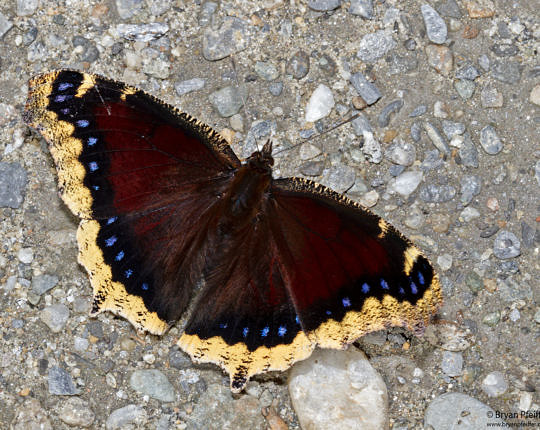
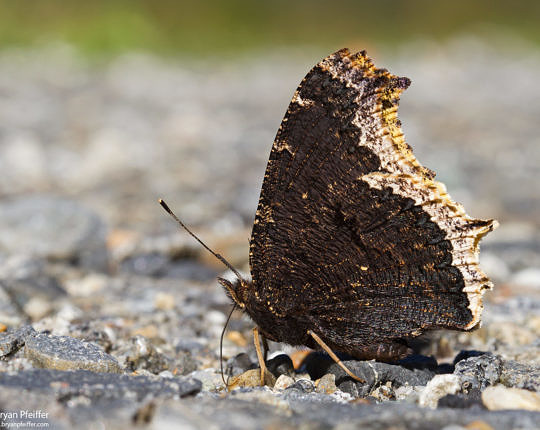
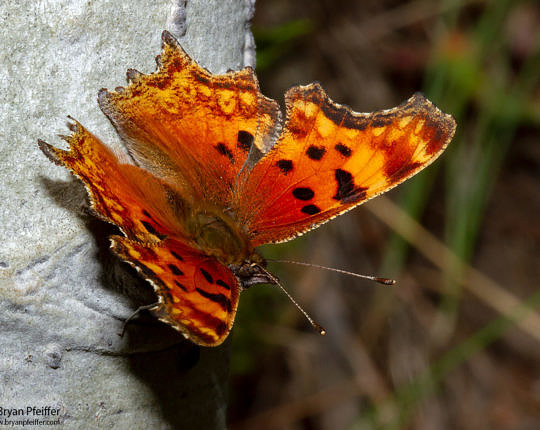
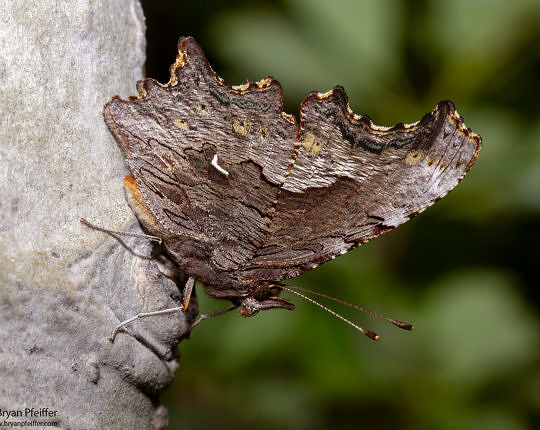

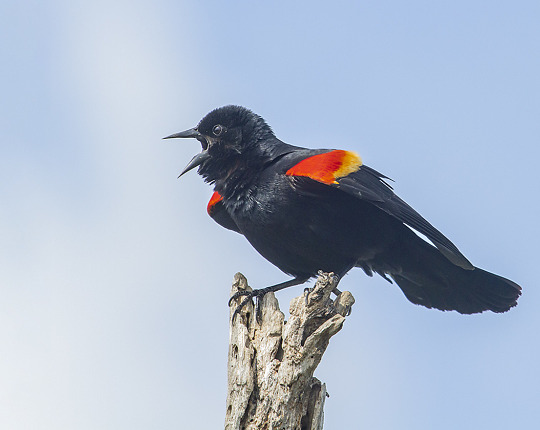
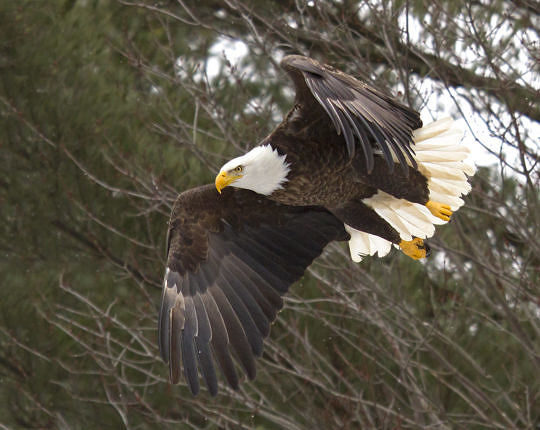

Thanks, Judy! I’m expecting TVs here in Montpelier on Friday. By the way, I really miss marine mollusks right now! 🙂
Great news, Brian! No doubt one of your Polygonia? Perhaps P. c-album? And maybe a Nymphalis or Aglais species? Do tell!
We have five hibernating species of butterfly here in the UK. The last two weeks of February were so spring like I had three species in the garden. Unfortunately the weather has deteriorated.
Good morning, Bryan. How I love starting the day with you via your blog. I saw a turkey vulture on March 3rd and a catbird (yup!) on the 8th. Both here in South Burlington close to Magic Hat Brewery. Cheers!